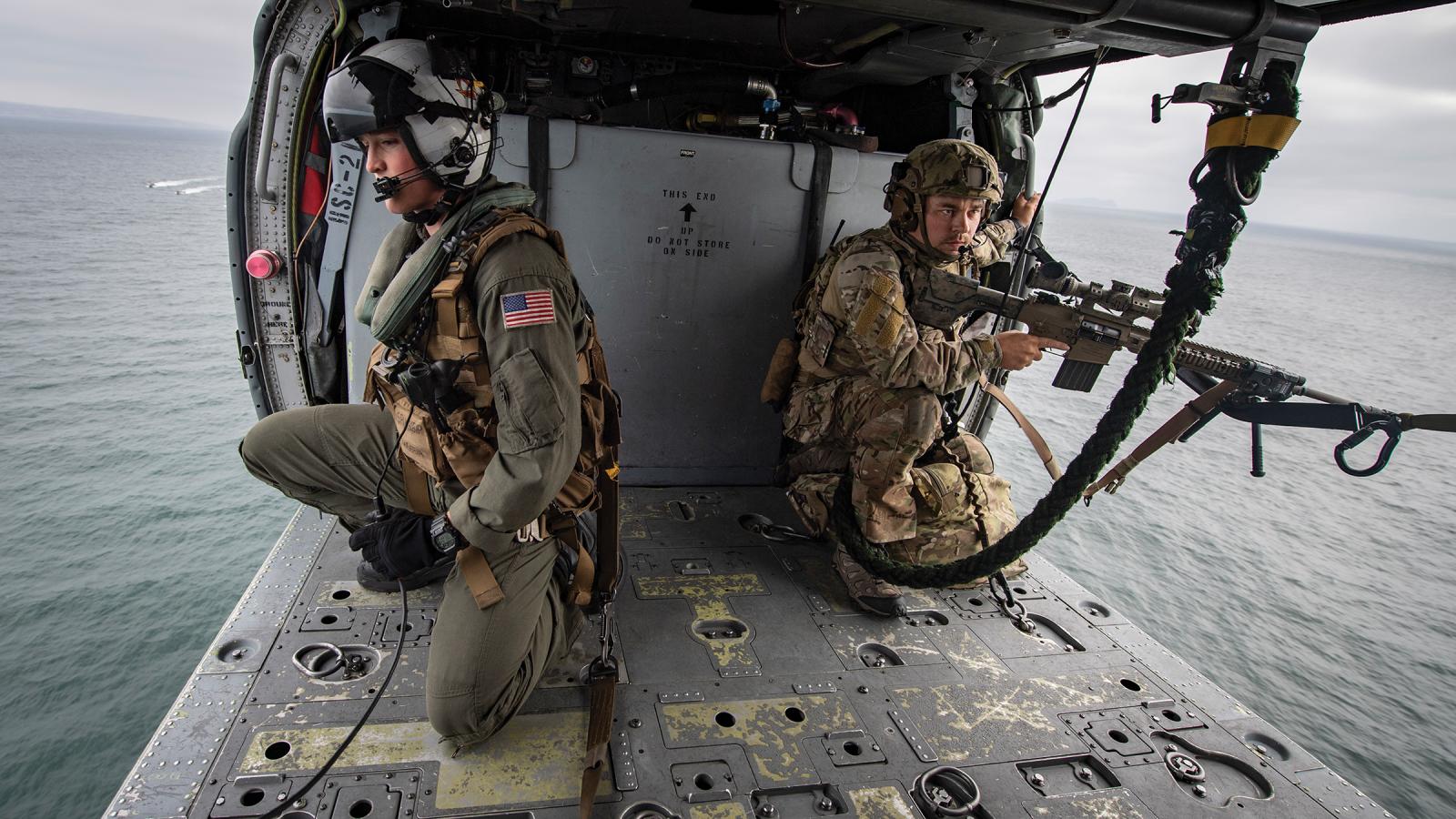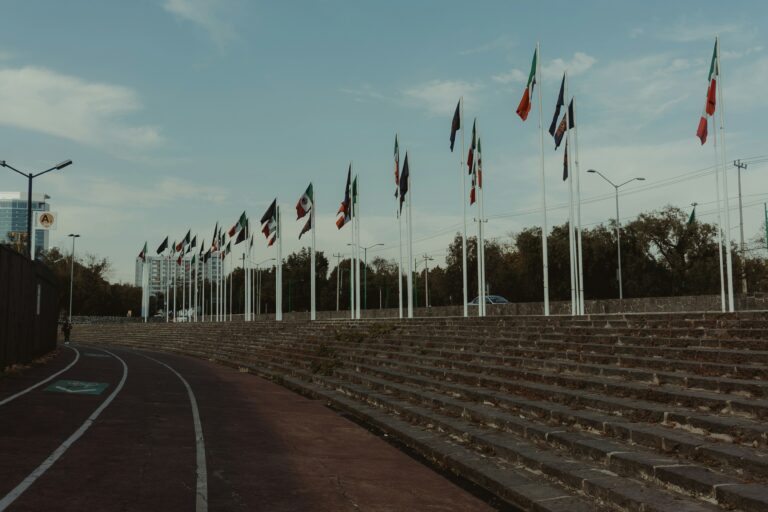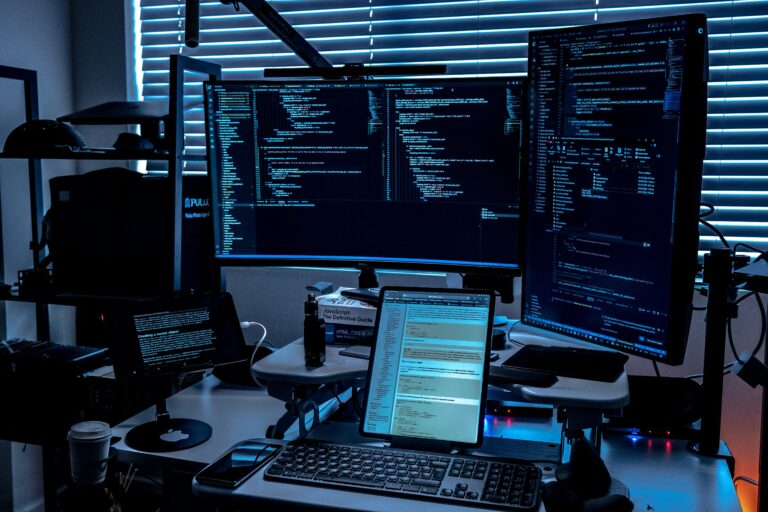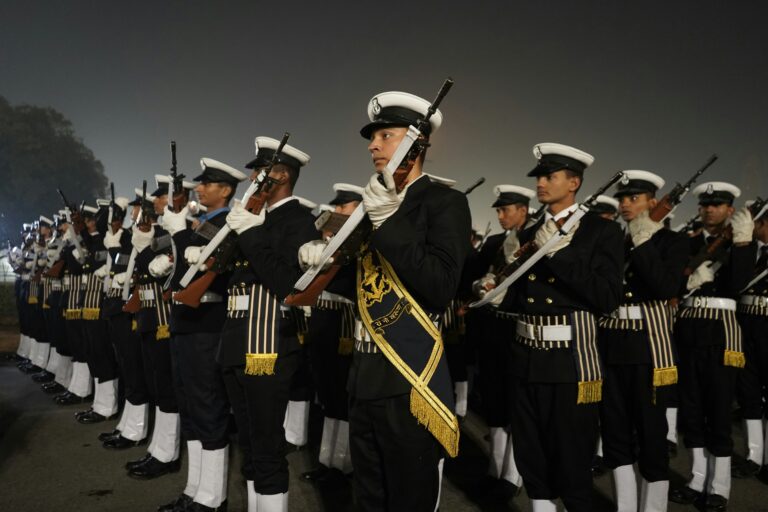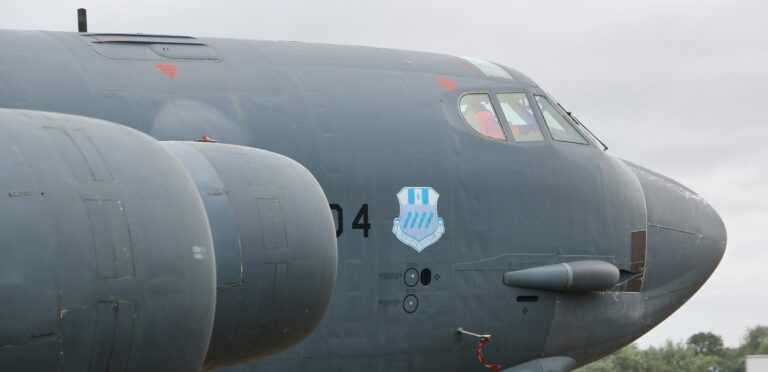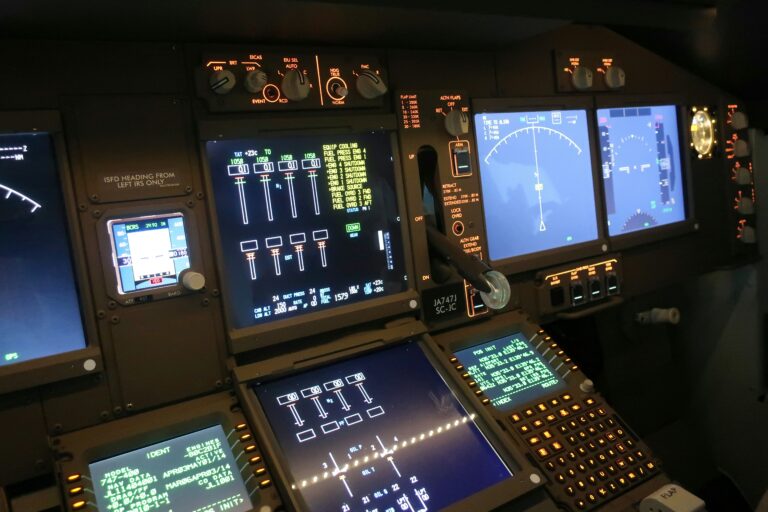Military Aircrewmen
Introduction
In the heart of every helicopter mission—whether under fire, in dense jungle, or amid a nighttime rescue—is a Military Aircrewman, guiding, operating, and safeguarding both machine and personnel. These specialists play a critical role in tactical helicopter operations, ensuring the successful execution of combat support, reconnaissance, transport, and medevac missions.
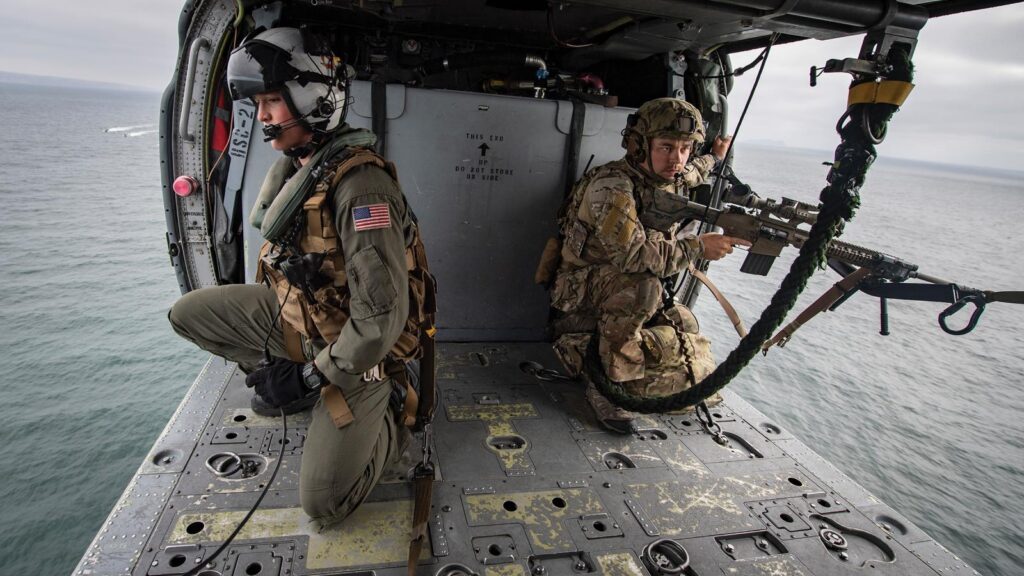
While pilots fly the aircraft, it’s the aircrewmen who serve as the link between the cockpit and the ground, providing eyes, coordination, and operational control during some of the most dangerous and dynamic missions in military aviation.
Who Are Military Aircrewmen?
Military Aircrewmen are specially trained service personnel—most commonly found in:
- The Royal Air Force (RAF)
- The Fleet Air Arm (Royal Navy)
- The Army Air Corps (AAC)
They serve as loadmasters, winch operators, door gunners, tactical communicators, and mission coordinators, depending on the aircraft and mission type.
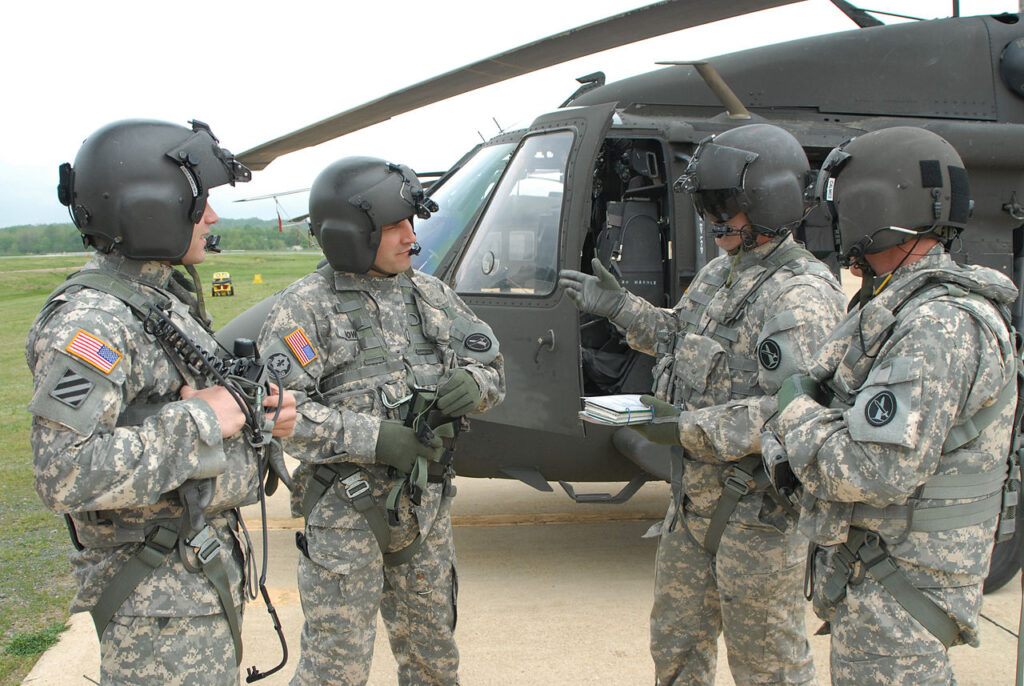
Primary Roles and Responsibilities
| Function | Description |
|---|---|
| Loadmaster | Ensures proper loading, weight balance, and cargo securement |
| Door Gunner | Provides suppressive fire from side-mounted machine guns |
| Winch Operator | Manages winching during rescue or insertion/extraction operations |
| Airborne Surveillance | Scans terrain and relays vital information to the crew |
| Communication Specialist | Maintains comms between the aircraft, ground forces, and command |
| Flight Safety | Conducts safety checks, assists in emergency drills, and aids navigation |
Their duties vary widely based on the aircraft (e.g., Chinook, Merlin, Wildcat, Puma) and the operational theatre (combat, rescue, logistics, etc.).
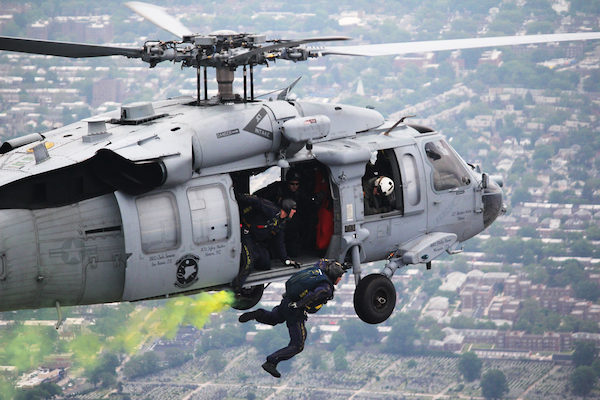
Types of Helicopters and Platforms
Aircrewmen operate in and around several aircraft types:
- RAF Chinook – heavy-lift, multi-role transport
- RAF Puma HC2 – battlefield troop and cargo transport
- Royal Navy Merlin Mk2/Mk4 – maritime patrol, amphibious ops
- Army Wildcat AH1 – reconnaissance and light transport
- Apache AH-64 (as tactical support) – armed escort and strike operations
Each platform requires unique operational training and crew configurations.
Real-World Missions
Military aircrewmen are integral to operations such as:
- Combat insertion and extraction
- Medical evacuation (MEDEVAC) under fire
- Special Forces deployment in hostile terrain
- Disaster relief (e.g., hurricane, earthquake zones)
- Humanitarian aid drops
- Amphibious assaults from naval vessels
- Reconnaissance support in enemy territory
- Troop and equipment transport in conflict zones
Recent missions include deployments in Afghanistan, Iraq, Mali, Syria, Estonia, the Falklands, and Eastern Europe.
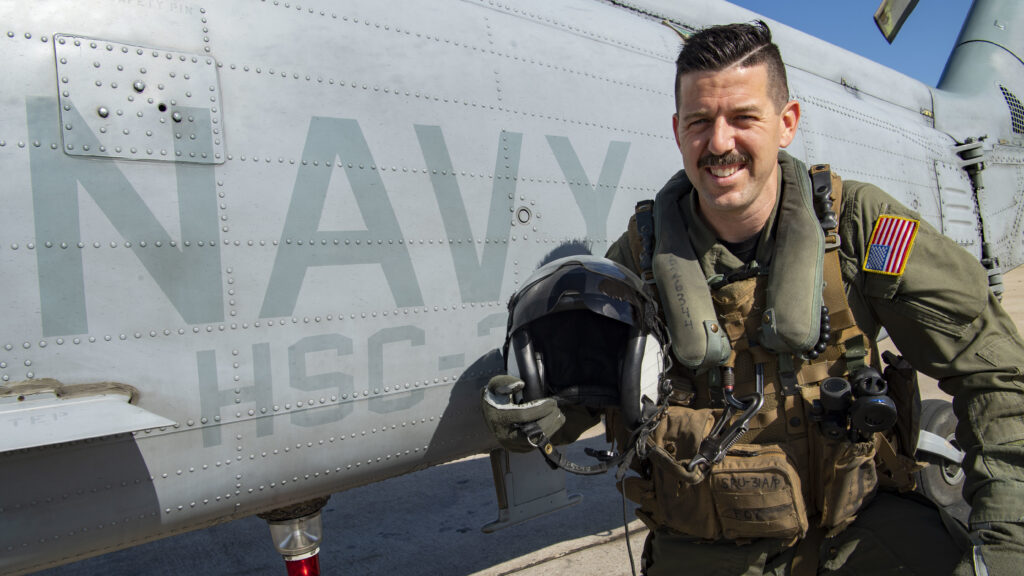
A Day in the Life: On Ops
A typical aircrewman on deployment may:
- Conduct pre-flight checks with the pilot and engineers
- Load cargo, troops, or medical supplies
- Brief passengers on safety and emergency procedures
- Coordinate with ground controllers or Forward Air Controllers (FACs)
- Actively scan for threats during flight (MANPADS, small arms, terrain)
- Operate the door gun or winch under fire
- Evacuate casualties, often under extreme duress
- Perform maintenance and prepare for next sortie
Skills and Personal Qualities Required
To succeed in this role, an aircrewman must have:
- Excellent spatial and situational awareness
- Physical fitness and endurance under pressure
- Quick decision-making and calmness under fire
- Mechanical knowledge and attention to detail
- Teamwork and leadership qualities
- Willingness to be deployed anywhere, at short notice
This is a high-pressure and high-risk job—only suited to those who thrive on adrenaline, responsibility, and purpose.

Training Pathway
Entry Requirements:
- Age 17–35
- GCSEs in English and Maths
- Excellent hearing and eyesight
- Height and weight restrictions may apply (due to aircraft cabin limits)
- Successful completion of the Aircrew Aptitude Test (AAT)
Training Process:
- Basic Military Training
- Standard recruit training (Pirbright, Halton, Raleigh depending on service)
- Aircrew Selection and Aptitude
- Tests at RAF Cranwell or equivalent
- Situational awareness, multitasking, spatial reasoning
- Aircrew Training School
- Conducted at RAF Shawbury, RNAS Yeovilton, or AAC Middle Wallop
- Includes:
- Aircraft systems
- Radio and communications
- Load management
- Emergency drills
- Weapons handling (door gun)
- Night vision and NVG ops
- Winch training
- Survival, Evasion, Resistance and Extraction (SERE)
- Platform-Specific Training
- Advanced familiarisation with assigned aircraft and unit (e.g., Chinook OCU)
Career Path and Progression
| Rank | Role |
|---|---|
| Aircrewman Trainee | In training and under mentorship |
| Junior Aircrewman | Full operational duties |
| Senior Aircrewman/Loadmaster | Leads missions and mentors others |
| Aircrew NCO | Supervises crew readiness and standards |
| Officer Aircrew | Mission planning, squadron leadership, strategy |
| Instructor/Simulator Role | Teaches new recruits, often late-career |
Further opportunities include:
- Special Forces aviation support
- Search and Rescue (SAR) roles
- Joint Helicopter Command (JHC) operations
- Operational Test and Evaluation (OT&E) units
- Transition into UAV (drone) operations
Equipment and Technology
Modern aircrewmen use:
- Head-Up Displays (HUDs)
- Helmet-mounted night vision goggles (NVGs)
- Thermal and IR systems
- Secure communication radios
- Rope/winch systems for extraction
- GPMG or M134 Minigun for door gunning
- Flight data software and mission tablets
Safety is paramount—crews wear flame-retardant gear, harnesses, and oxygen masks when required.
Pay and Benefits
| Role | Approx. Salary |
|---|---|
| Trainee Aircrewman | £18,000–£22,000 |
| Operational Aircrewman | £27,000–£36,000 |
| Senior NCO Aircrew | £40,000–£50,000+ |
| Officer (Flight Lieutenant+) | £45,000–£70,000+ |
Additional incentives:
- Flying pay
- Deployment bonuses
- Accommodation, food, and uniform provided
- Access to global bases (Brunei, Cyprus, Falklands, etc.)
- Fast promotion track for high performers
- Transferable aviation skills post-service
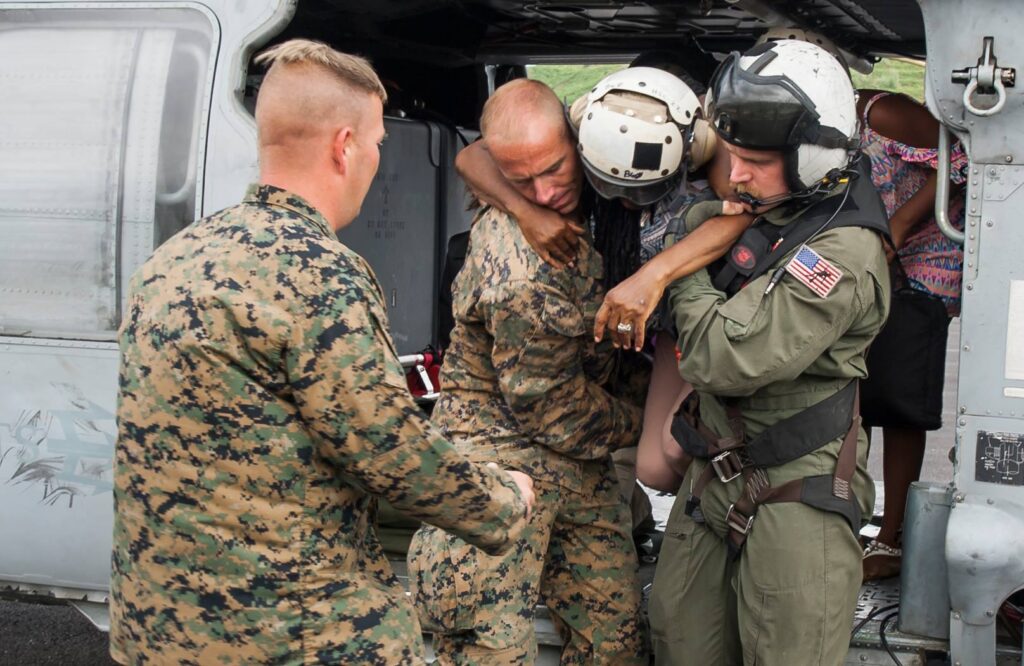
Life After the Military
Former aircrewmen often transition to:
- Helicopter emergency medical services (HEMS)
- Search and rescue teams (e.g., Bristow, Coastguard)
- Commercial helicopter loadmasters or safety officers
- Oil and gas industry support
- Overseas aid or logistics organisations
- Security firms and VIP air transport
- Civilian aviation regulation bodies
Challenges and Rewards
✅ Pros:
- High adrenaline, meaningful missions
- Work with elite aviation teams
- Opportunities for global travel
- Career satisfaction and leadership development
⚠️ Challenges:
- Long deployments and family separation
- Physically and mentally demanding
- Dangerous missions (especially in combat)
- High level of scrutiny and responsibility
Conclusion
Military Aircrewmen are the unsung heroes of helicopter operations—balancing the roles of operator, gunner, communicator, and emergency responder. Their actions often determine whether troops make it home, whether supplies reach the front, or whether a casualty survives the flight to safety.
In the air, there’s no room for error. And for those who take on this role, the reward is unmatched: the chance to fly, serve, protect, and lead on the edge of the action.
